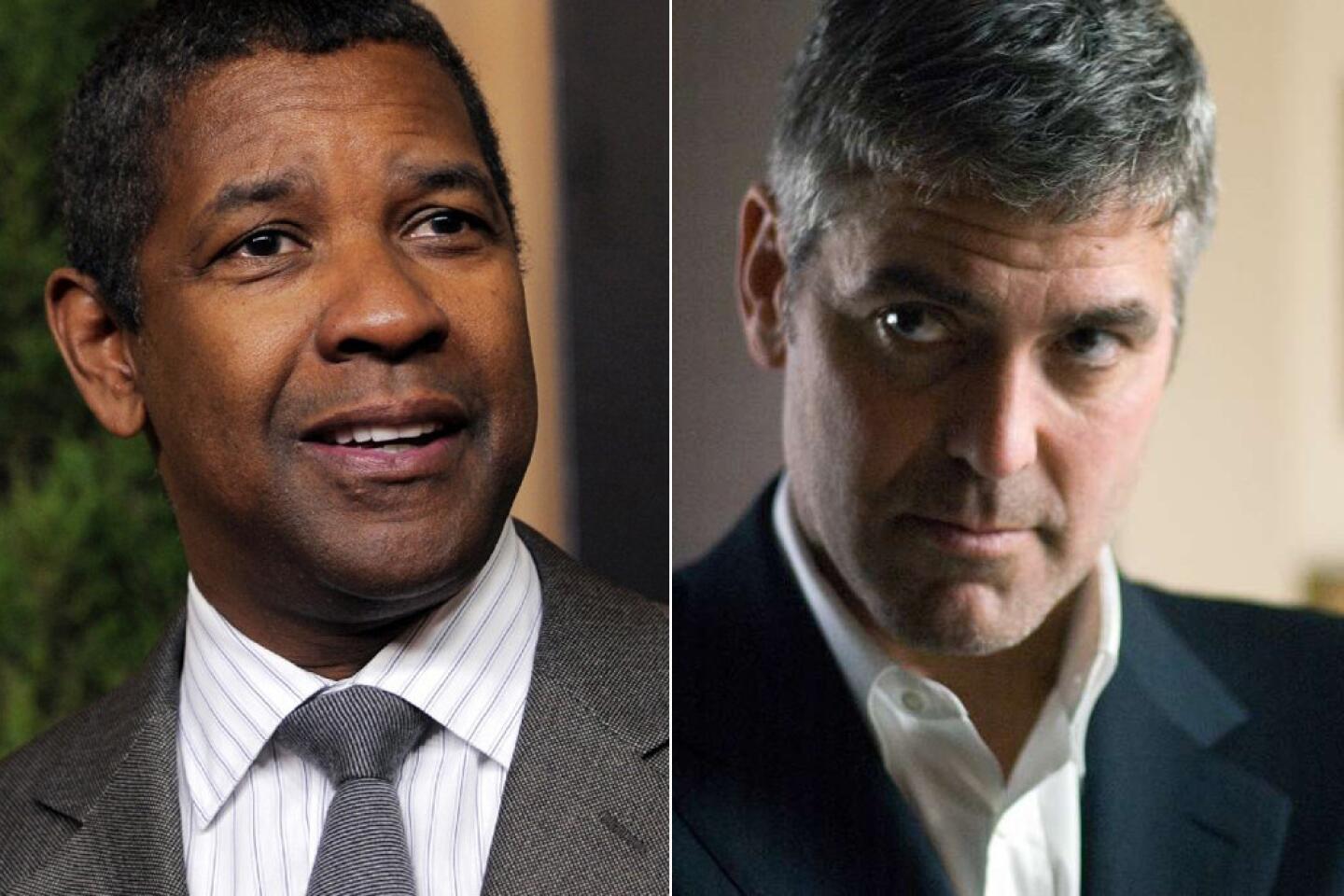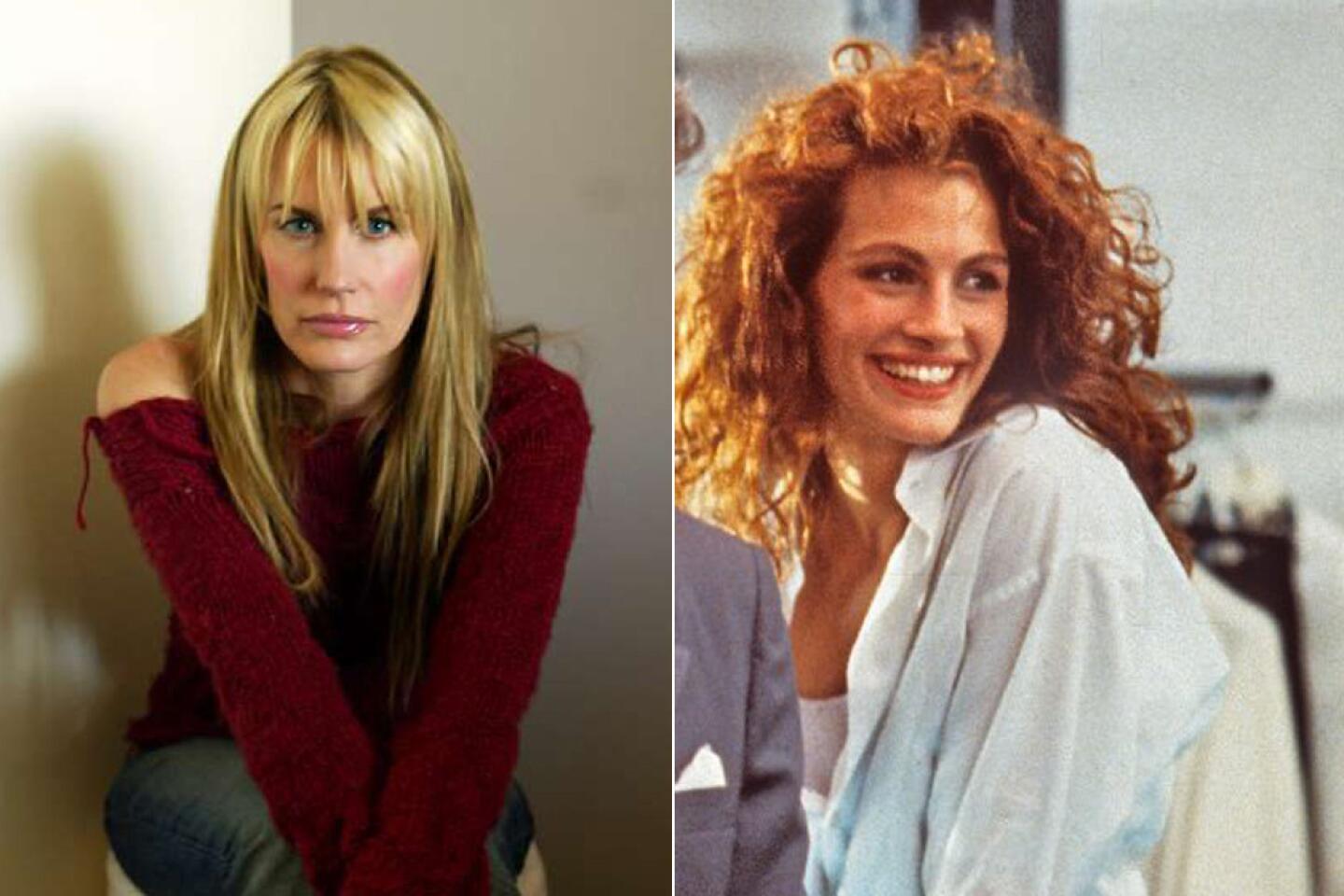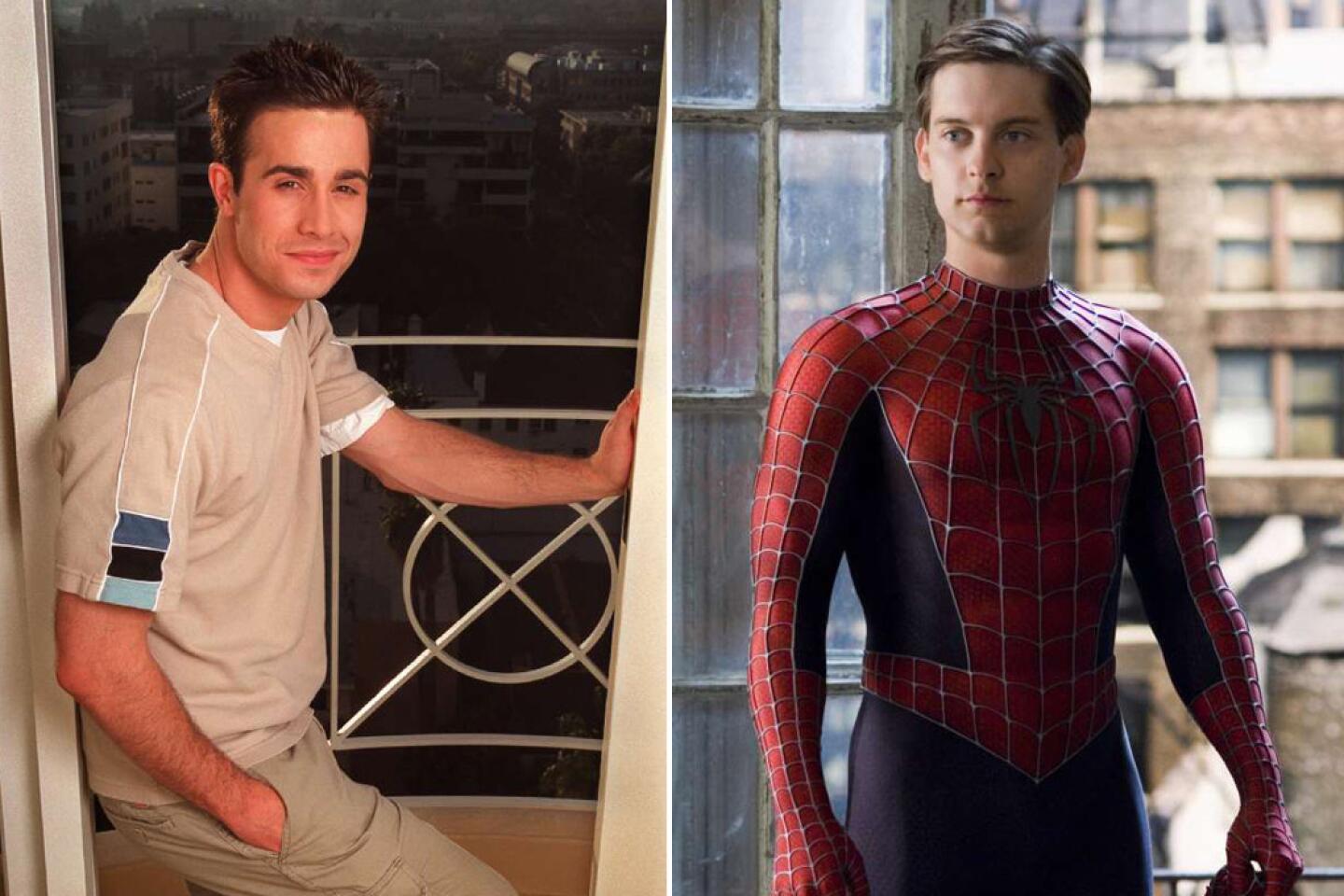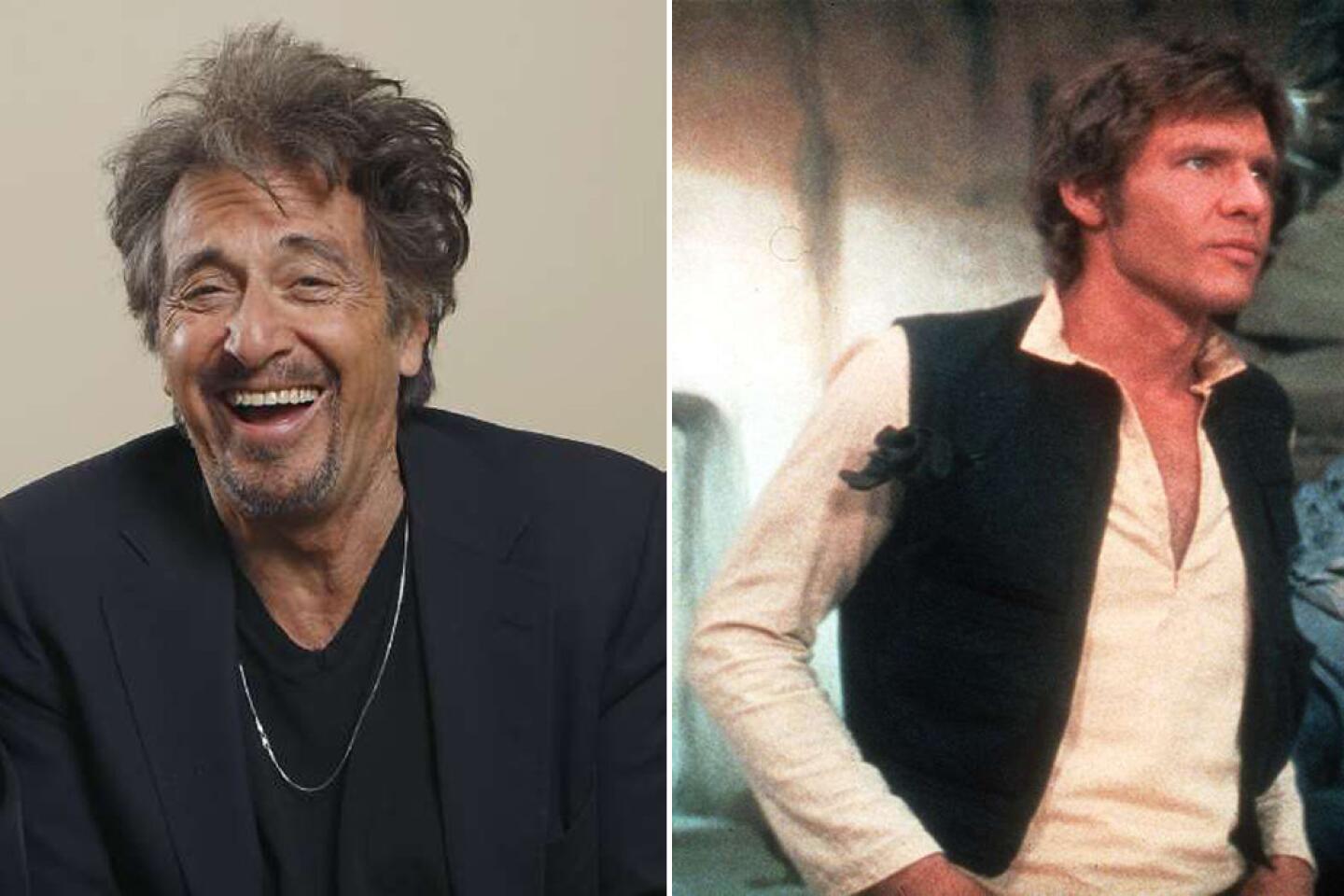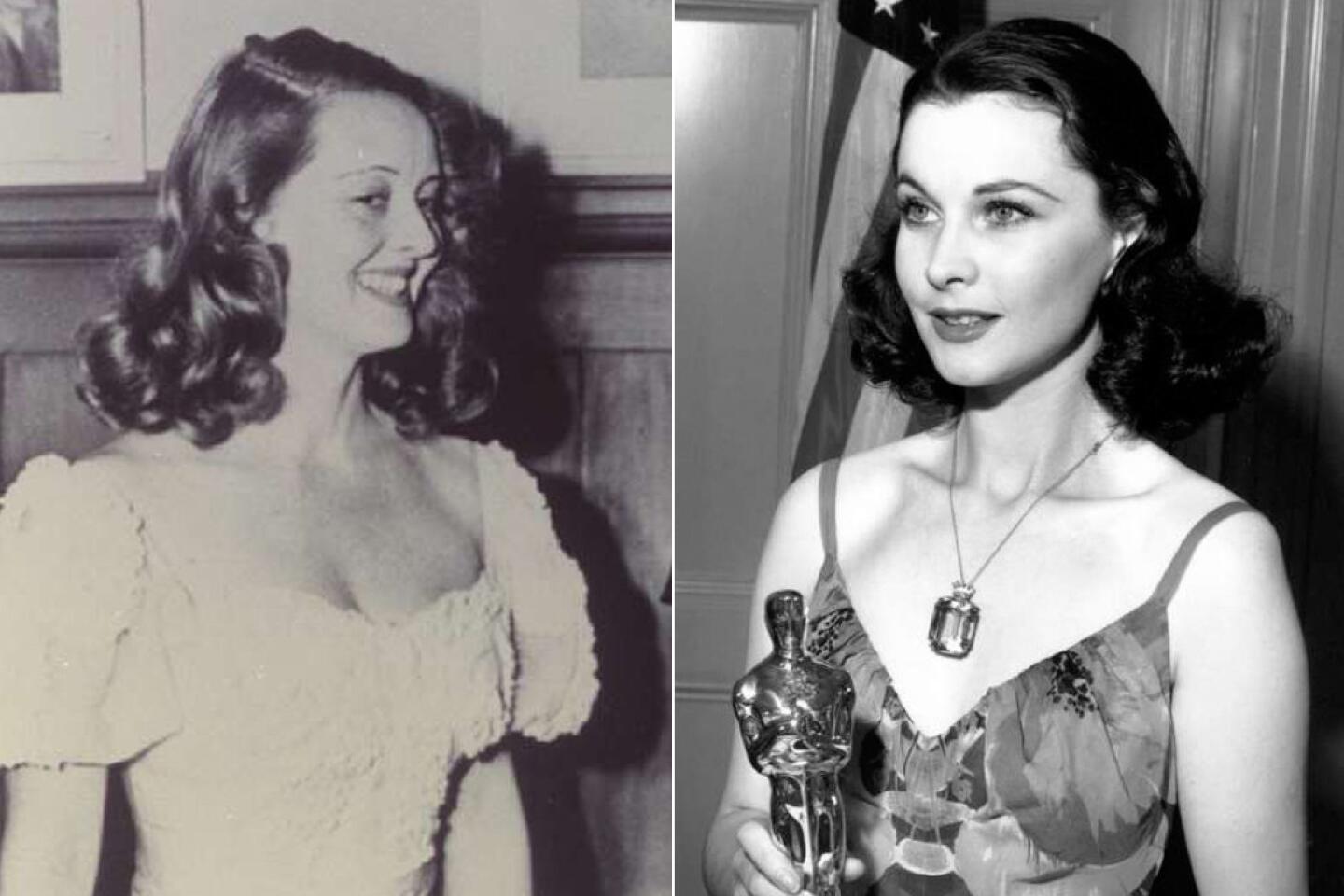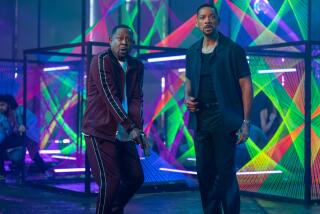McConaughey and Leto invest bodies, minds in ‘Dallas Buyers Club’
METAIRIE, La. — The strippers were gyrating and the smoke machine was spewing its vaporous mist, but Matthew McConaughey just kept on staring straight ahead.
Gaunt and mustachioed, the actor called for another shot of Johnnie Walker — if he meant a prop liquid, the bartender didn’t seem to know it — and tightened his facial muscles almost to the breaking point.
“Man, if you’re up there, you better be listening,” McConaughey whispered, candles from the table in front of him flickering shadows on his contorted face as he half-beseeched, half-ordered the heavens. A man with a camera on his shoulder lay sprawled out on the club’s stage, the lens poking between a dancer’s legs to aim squarely at the actor’s face. “Send me a sign,” he said desperately.
The Texas-born McConaughey has convincingly inhabited several heretical-yet-charming cowboys in his two-decade film career. But as the actor’s intense focus and startling appearance in the strip-club scene for Jean-Marc Vallée’s “The Dallas Buyers Club” demonstrates, he’s perhaps never gone to as dark a place with his character — or as extensive a method with his preparation — as he has in the AIDS drama, which arrives in theaters Friday.
PHOTOS: Billion-dollar movie club
Yet as the movie, which centers on a real-life antihero named Ron Woodroof, ups the dramatic quotient for McConaughey, it also poses questions about the benefits — and limits — of such preparation, and how it plays in an era when seemingly every third actor has an it-was-grueling back story.
The stakes are raised because of his co-star, Jared Leto. The actor-turned-rocker returned to performing after a five-year hiatus to play Rayon, a transgender AIDS patient who becomes Woodroof’s unlikely friend and business partner. Like McConaughey, Leto has earned early raves and awards buzz for his character’s authenticity, but underwent an equally fraught and tricky process to create it.
“The Dallas Buyers” stars McConaughey as Woodroof, a homophobic Texas electrician who was diagnosed in the mid-1980s, when the epidemic was first starting to spread. Stunned by the diagnosis, he battled with the Food and Drug Administration over approved drugs and imported alternative treatments, prolonging thousands of lives in the process.
To embody their characters, McConaughey consulted Woodroof’s diary heavily during the shoot, while Leto wore high heels continually — even, sometimes, in his trailer. Both men dropped significant amounts of weight.
“It’s one of the most extreme transformations I ever made,” said Leto, no stranger to radical metamorphoses, having taken on junkie mannerisms in “Requiem for a Dream” and gaining 60 pounds to play John Lennon’s killer in “Chapter 27.” “But,” he added, perhaps aware of how this kind of personal narrative can come across, “it’s not about just ‘living as the person’ or some kind of affect, like a lot of people seem to believe. It’s about developing a level of concentration without having to wait for permission for a director to yell, ‘Action.’”
PHOTOS: Celebrities by The Times
McConaughey knew early on he wanted to immerse himself in the part. But after trying to get the film made for nearly three years — the project itself has a development history that dates back to 1992 and includes failed attempts by Ryan Gosling and Brad Pitt — McConaughey began shedding pounds even before a prospective financier had committed. Watching their client grow more emaciated, the actor’s representatives scrambled to put financing together after previous investors fell through. Cameras began rolling on the 25-day shoot last November.
“What the weight loss did was give me a construct for the character,” said McConaughey, who lost more than 40 pounds in all. He found that the process of doing so led him deeper into Woodroof’s personality — for practical reasons if nothing else.
“For about 3 1/2 hours a day, I’m normally either thinking about food, eating food or preparing food. So suddenly I had that time. I cut out social gatherings. And because Ron was so pale, I wouldn’t go out in the sunlight. That’s pretty much seven hours a day,” he said. “I’d reprogrammed my existence. And then I needed something else to entertain my mind.”
That something became Woodroof, who died in 1992. McConaughey borrowed home videos from his family and gained access to the man’s diary, which included writings about the redneck-y personality’s unlikely interests, like big band jazz and various “dreamer” aspirations, as McConaughey put it. The actor pulled it out often before and even during shooting, scribbling down ideas for the character in his own journal. “It gave me Ron’s monologue, which allowed me to understand how he might be thinking in moments like the strip-club scene.”
ON LOCATION: Where the cameras roll
Though the Rayon character is a screenwriter’s construct, Leto became similarly submerged. After nabbing the role from a skeptical Vallée by appearing in a Skype audition in character as Rayon, he, too, lost weight (about 30 pounds) and consciously changed his walk and his muscle movements. He moved his rock-star voice to an alto register, inspired by scores of conversations with transgender individuals.
The goal was to create a cross-dressing character who, though flamboyantly expressive, defied the stereotype of the on-screen drag queen.
“A lot of the time in movies we see the drag queen dancing on the table with a feather boa, screaming a clever line and running out of the room. I didn’t want to do that,” he said. “I wanted to bring a real person to life.”
On set, Leto (who had last shot a movie in 2007, the cult sci-fi pic “Mr. Nobody”) talked to members of the crew — when he talked at all — only as Rayon. (Vallée likes to joke that he only met Leto seven months after production wrapped, at the Toronto International Film Festival this past September.) After a while, Leto said, “I even started dreaming as Rayon.”
It’s easy to roll one’s eyes at these actorly conceits; after all, film acting is role-playing, not life-swapping. Surely there are limits to how fully a person can turn into another human being before it becomes self-conscious, if not downright pretentious?
Leto says he agrees that the process can be emphasized at the expense of the result. “At the end of the day, staying in character, not staying in character, who really gives a.... It’s whatever gets you where you need to go,” he said.
PHOTOS: Behind the scenes of movies and TV
But he also believes these techniques were necessary. “Maybe a veteran can eat a taco and say something funny, then the camera goes on and he can scream at the heavens and make people cry. I can’t do that.”
Substantial weight change, meanwhile, has become such a time-honored acting tradition (Robert De Niro in “Raging Bull,” Christian Bale in “The Fighter”) that it has begun to verge on the cliche. Starving oneself for a role may be an act of self-punishment, but it can also be an act of vanity, a chance for an actor to flaunt his commitment. Other actors work hard to prepare, and many in the general public struggle to lose weight. This person, an emaciated performance seems to say, did both.
The modern tabloid media has heightened the effect, raising the specter of a publicity gimmick.
“Here’s my feeling,” McConaughey said when asked about the issue. “The weight loss informed my focus in the role. But the length that an artist will go to is by no means a measure of excellence. It’s just the easy narrative, the shocking photo that’s going to get you to click on a gossip piece. And I hope the public’s 30-second, ‘What’s up, give me the one-liner’ attitude doesn’t lead the narrative.”
Or as Leto puts it: “It’s just a tool. There are much more impactful tools.”
And not to be dismissed, the actors say, is how embracing such a transformation can yield personal consequences. McConaughey said he would catch himself using Woodroof’s sharp-tongued patter when he returned to his wife and young children at the New Orleans home they rented during the shoot. It would startle his family, so he’d rein it in. And he said although the calorie-restriction made him mentally sharper, that wasn’t always a good thing.
“My head was chewing on everything,” he said. “I wasn’t taking the first answer from anyone. I was trying to get to the bottom of everything, which could be laborious for everyone around me.” He paused. “And for me.”
More to Read
Only good movies
Get the Indie Focus newsletter, Mark Olsen's weekly guide to the world of cinema.
You may occasionally receive promotional content from the Los Angeles Times.


